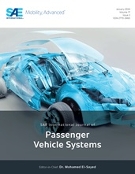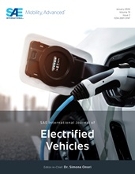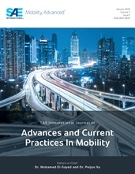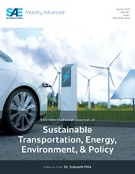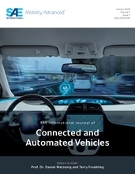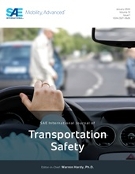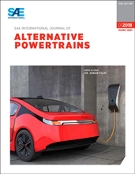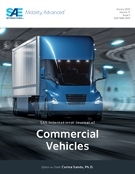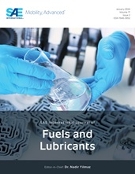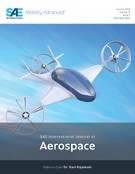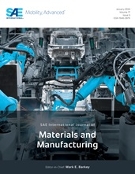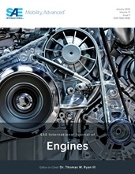Your Destination for Mobility Engineering Resources
Announcements for SAE Mobilus
Browse AllRecent SAE Edge™ Research Reports
Browse All 168Recent Books
Browse All 684Recently Published
Browse AllRecent advances are reducing the cost of space launch, high specific power solar cells, and the production of satellite systems. Modular architectures with no moving parts and distributed power systems would minimize assembly and maintenance costs. Together, this may enable space-based solar power to provide decarbonized dispatchable power at a lower cost than equivalent technologies such as nuclear power stations. Space-based Solar Power for Instantaneously Dispatchable Renewable Power on Earth discusses the advances in emerging technologies, like thin film solar cells, reusable launch vehicles, and mass-produced modular satellite systems that would make economic space power feasible. Click here to access the full SAE EDGETM Research Report portfolio.
In this article we examine the behavior of oil in the lubrication channel between the main bearing and the connecting rod bearing in the crankshaft of an internal combustion engine. The requirement for high service life and proper operation of these bearings, while minimizing input power of the lubrication system, lead to the need to understand the function of these structural parts in detail. To simulate and visualize this process, an experimental device was created. The device allows the experimenters to change individual parameters such as rotation speed, oil pressure, oil temperature, and aeration, while simultaneously visualizing the process with the help of a special rotating camera. These parameters are then obtained by image processing. In this way, the following influences are investigated here: at oil temperatures of 30, 50, and 80°C, relative oil pressures of 1, 2, 3, and 4 bar, at undissolved air in the oil of 5 and 10 vol% and crankshaft station speeds from 0 to 6000 1/min
The SAE Aerospace Information Report AIR5315 – Generic Open Architecture (GOA) defines “a framework to identify interface classes for applying open systems to the design of a specific hardware/software system.” [sae] JAUS Service (Interface) Definition Language defines an XML schema for the interface definition of services at the Class 4L, or Application Layer, and Class 3L, or System Services Layer, of the Generic Open Architecture stack (see Figure 1). The specification of JAUS services shall be defined according to the JAUS Service (Interface) Definition Language document.
This document defines a set of standard application layer interfaces called JAUS Manipulator Services. JAUS Services provide the means for software entities in an unmanned system or system of unmanned systems to communicate and coordinate their activities. The Manipulator Services represent platform-independent capabilities commonly found across domains and types of unmanned systems. At present, twenty-five (25) services are defined in this document. These services are categorized as: Low Level Manipulator Control Services – The one service in this category allows for low-level command of the manipulator joint actuation efforts. This is an open-loop command that could be used in a simple tele-operation scenario. The service in this category is listed as follows: Primitive Manipulator Service Manipulator Sensor Services – These services, when queried, return instantaneous sensor data. Three services are defined that return respectively joint positions, joint velocities, and joint
